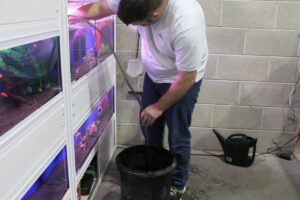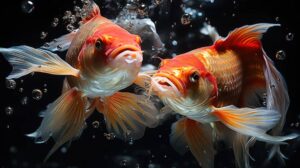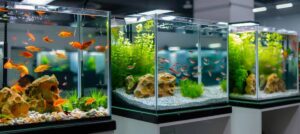The Pets Care Blog
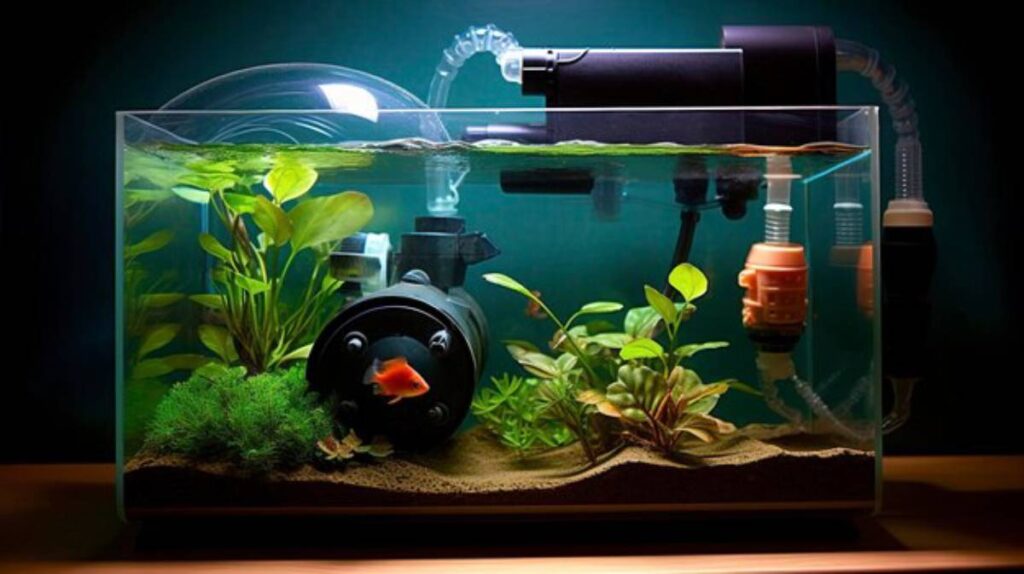
Comparing Sponge, Hang-On-Back, and Canister Filters: Which Aquarium Filter Type is Right for You?
Choosing a filter might not seem like the most exciting part of setting up your aquarium — until you realise it’s the key to keeping your water clean, your fish healthy, and your tank stress-free to manage. With so many aquarium filter types out there, it’s easy to feel overwhelmed. But don’t worry — we’re here to simplify it.
In this guide, we’ll break down the three most popular filters sponge filters, hang-on-back (HOB) filters, and canister filters. Whether you’re just starting out or looking to upgrade, this filter comparison will help you understand the pros, cons, and ideal uses for each.
So, which filter will give you the best mix of efficiency, ease, and value? Let’s dive in.
Why Choosing the Right Filter Matters
Every aquarium filter does three key things:
- Removes solid waste (mechanical filtration)
- Supports beneficial bacteria to break down toxins (biological filtration)
- Removes unwanted chemicals like chlorine or medication (chemical filtration)
But not every filter does these equally well. Picking the wrong one can mean murky water, sick fish, and frequent cleanups. The right filter, on the other hand, makes tank maintenance feel nearly effortless, especially if you match it properly to your tank size, fish load, and experience level.
Sponge Filters: Gentle and Beginner-Friendly
What is a Sponge Filter?

A sponge filter is an air-driven filter made of a porous sponge. It works by drawing water through the sponge using air pressure from an air pump. As the water flows through, debris gets caught, and beneficial bacteria thrive in the sponge material.
Pros:
- Affordable and simple to use
- Gentle water flow — ideal for fry, shrimp, and bettas
- Great biological filtration
- Safe for small fish
- Quiet (if the air pump is quiet)
Cons:
- Limited mechanical filtration
- No chemical filtration
- Not suitable for larger tanks or messy fish
- Requires an external air pump
Best for:
- Tanks under 75 litres
- Breeding or hospital tanks
- Shrimp or nano setups
If you’re just starting and want a no-fuss filter, this is a solid choice, especially when paired with live plants or a low bioload.
Hang-On-Back (HOB) Filters: The All-Rounder
What is a HOB Filter?
A hang-on-back filter sits on the rear wall of your tank and draws water up through a tube, filtering it through mechanical, biological, and chemical media before returning it to the tank via a spillway.
Pros:
- Three-in-one filtration
- Easy to install and maintain
- Customisable media
- Good for medium-sized tanks
- Widely available and beginner-friendly
Cons:
- Can be noisy if the water level drops
- May cause surface agitation — not ideal for bettas
- Visible from the outside of the tank
Best for:
- 75–150 litre freshwater tanks
- Community setups
- New aquarists looking for simple, reliable filtration
Many beginners opt for HOBs because they’re intuitive and require very little plumbing or setup. They’re also easy to clean — just pull out the cartridge, rinse or replace, and you’re done.
Looking to set up your first aquarium? Pair this with the advice in Choosing the Right Filter for Your Aquarium.
Canister Filters: Powerful and Customisable
What is a Canister Filter?
A canister filter is an external unit that uses tubing to draw water out of your tank, run it through layered filtration media inside the canister, and return the clean water via a spray bar or return hose.
Pros:
- Superior filtration power
- Highly customisable
- Great for large tanks or high bioloads
- Can be hidden from view
- Low maintenance once set up
Cons:
- More expensive
- Complex to install for beginners
- Takes up space outside the tank
- Time-consuming to clean
Best for:
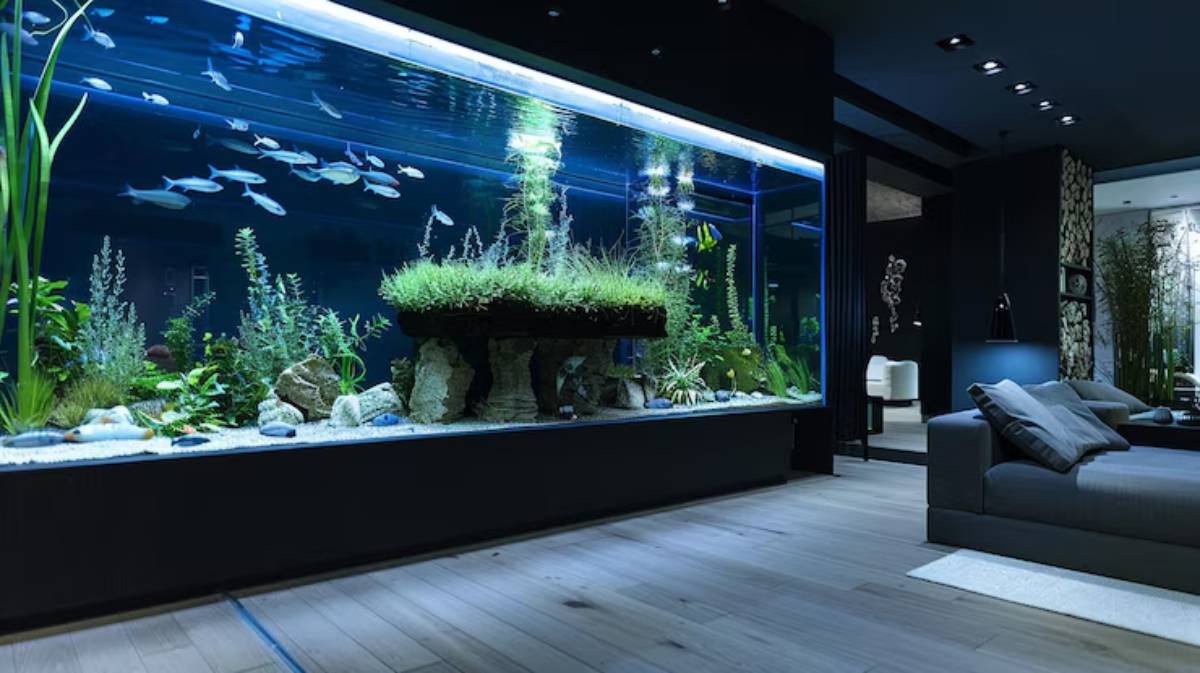
- 150+ litre tanks
- Heavily stocked or planted aquariums
- Aquarists ready to level up
If you’re keeping messy fish like goldfish or cichlids, or running a large aquascape, a canister filter offers the volume and customisation you need. It’s also quieter than you’d expect since it sits beneath the tank inside a cabinet.
Filter Comparison Table: Sponge vs HOB vs Canister
| Feature | Sponge Filter | HOB Filter | Canister Filter |
| Filtration Type | Biological only | Mechanical, biological, chemical | All three (customisable) |
| Ease of Use | Very easy | Easy | Moderate to complex |
| Cost | £– | ££ | £££ |
| Best for | Nano tanks, fry, shrimp | Community tanks | Large or high-stock tanks |
| Maintenance | Frequent but simple | Monthly media checks | Monthly (but longer tasks) |
| Visibility | Inside tank | Hangs on the back | Can be hidden |
| Flow Strength | Gentle | Moderate | Adjustable (can be strong) |
Which Filter Should You Choose?
Still undecided? Use these simple scenarios to guide your decision:
- You’re new to fishkeeping with a small tank: Choose a sponge filter
- You want convenience and full filtration in a mid-sized tank: Go with a HOB filter
- You’re keeping large or messy fish and need power and precision: Invest in a canister filter
Also, consider your future plans. Will you upgrade the tank size? Add live plants? Your filter should grow with your goals.
Tips for Making the Most of Any Filter
No matter which filter you choose, how you use and maintain it is just as important.
1. Don’t overclean
Rinsing media with tap water kills beneficial bacteria. Use tank water instead.
2. Run the filter 24/7
Turning it off at night disrupts your cycle and risks bacterial die-off.
3. Replace media wisely
Don’t change all media at once. Stagger replacements to preserve bacteria.
4. Monitor flow
Strong filters can stress small fish. Use spray bars, baffles, or pre-filters if needed.
For full guidance on keeping your filter in top shape, check out Filter Maintenance: How Often Should You Clean It.
Conclusion: The Best Filter is the One That Fits Your Needs
There’s no one-size-fits-all filter. Each has its place, and the right choice depends on your tank size, fish, and level of experience. Sponge filters are quiet and gentle for small setups. HOB filters offer a balanced mix of power and ease. Canister filters deliver top-tier performance for larger tanks or advanced setups.
The key is to match your filter to your tank’s needs — not just today, but for where you want your aquarium journey to go.
Have questions about your tank setup? Leave a comment below with your tank size and fish list, and we’ll help you choose the ideal filter. Don’t forget to share this post with fellow aquarists starting out!




